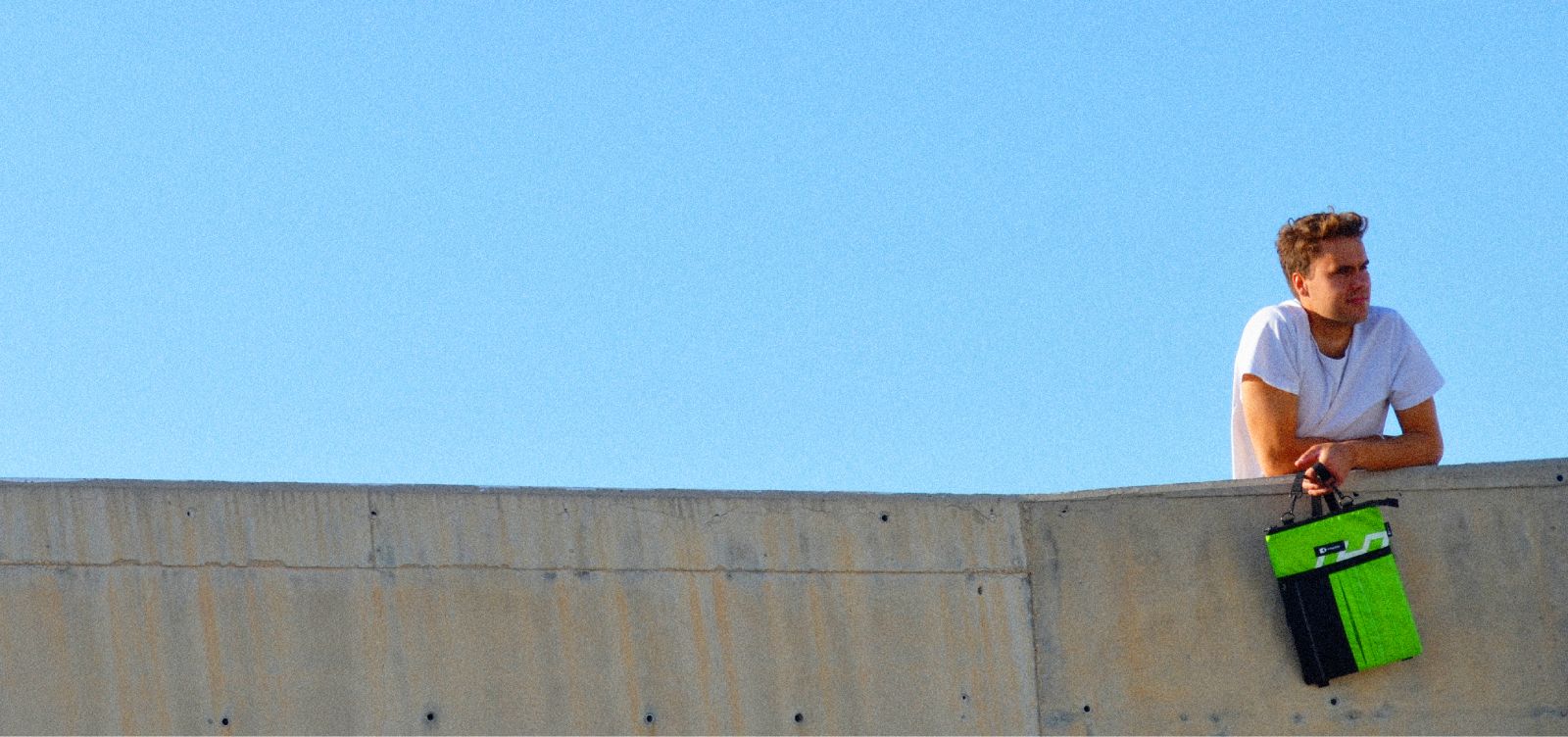The success of the Passover Project

The Project’s concept was simple: Jews and believers of all walks of life, from across the spectrum — religious, secular and traditional; young and old, from all corners of the world — unite in the act of combating modern-day slavery through purchasing pouches and placing them at Seder tables in order to create discussion and conversation. It’s always hard to identify what defines a successful campaign and the factors that make a project so effective. Here are a few factors that were embedded in the project’s DNA that was at the core of its success.
As humans, we have the innate desire to do good, help others and create everlasting global change. The projects contagious involvement was due to the fact that one could tangibly and directly help one another. Through every pouch sold, the end user was literally creating continuous rehabilitation employment for a man or woman exiting human trafficking.
The Passover Project reinforced and bolstered our shared immutable human and Jewish identity — our connection to our history, our future and to helping each other.
So often, as people, we label ourselves and each other. This project forced one to escape all labels, giving one the opportunity to connect with and help one another as if it were his or her brother or sister.
The Passover Project worked beyond established organizations and institutions to create real change on the ground, building real, lasting change through discussion, monetary help (pouch purchasing) and becoming an ambassador. The success of the project was due to those individuals and ambassadors that brought the pouches and discussion into their own homes, streets, communities, university campuses, cities, and counties. Social revolution, global campaigns and real change in society are achieved through the bonds of connection between friends and family. That is what was at the heart and soul of The Passover Project — real connections, bonds and the desire to create everlasting change.




